45 diagram of the calvin cycle
However, arguably this diagram doesn't make clear that 2/3rds of the 3-phosphoglycerate gets recycled back into the Calvin cycle in the abstracted "phase 3". So yes, you need 2*3 = 6 "turns" of the cycle to make a 6-carbon product. Calvin Cycle Diagram. The Calvin cycle occurs in the chloroplast stroma, the region between the thylakoid membrane and the organelle's inner membrane just after completing the light reaction of photosynthesis. The light reaction helps the Calvin cycle by providing ATP which is its energy source, and NADPH for reducing ability.
The carbohydrate molecules made will have a backbone of carbon atoms. Where does the carbon come from? The carbon atoms used to build carbohydrate molecules comes from carbon dioxide, the gas that animals exhale with each breath. The Calvin cycle is the term used for the reactions of photosynthesis ...

Diagram of the calvin cycle
May 26, 2019 - The Calvin Cycle is a set of light independent redox reactions of photosynthesis and carbon fixation. Here is a look at the reactions. Feb 12, 2016 - Simple diagram of the Calvin Cycle (the light independent reaction of photosynthesis) November 9, 2012 - Find out how Melvin Calvin’s Nobel Prize–winning photosynthesis research is helping cool the planet, in this article from National Geographic Education. ... Students work in teams to research one of the three main matter and energy cycles: the water cycle, the rock cycle, and photosynthesis ...
Diagram of the calvin cycle. Here, the Calvin cycle can take off, using carbon dioxide from the air to create sugars. This is the 'synthesis' part of 'photosynthesis,' where the plants will finish cooking up some food with ... The TCA cycle is a central pathway that provides a unifying point for many metabolites, which feed into it at various points. It takes place over eight different steps: Step 1: Acetyl CoA (two carbon molecule) joins with oxaloacetate (4 carbon molecule) to form citrate (6 carbon molecule). [Source: Author's diagram] The regeneration of RuBP occurs via the operation of the Benson-Calvin cycle (This is the "biochemistry" of the process) which uses reducing power (in the form of NADPH) provided by electron transfer to function. The necessary ATP is synthesized when protons accumulated in the lumen pass into the stroma through ... Photosynthesis is a biochemical process whereby green parts of plants manufacture carbohydrate food by the use of CO 2 and water with the help of energy obtained from sunlight. It occurs through two series of reactions: the light-dependent reactions and the Calvin Cycle (also known as the light-independent reactions) Only certain organisms ...
Create a custom design for a flow-chart style diagram of each of the processes related to cellular respiration and photosynthesis: glycolysis, pyruvate oxidation, Kreb's cycle, oxidative phosphorylation in the mitochondrial ETC, photophosphorylation during the light-dependent reactions in the thylakoid ETC, and the Calvin cycle (light-independent "dark" reactions). The assignment should be hand written. Remember also to include the names of all chemical intermediates during each step in each pr... Let’s begin with the end in mind. Thus far in this series of tutorials, our vision of the Calvin Cycle has involved the diagram shown below, which you just worked with in the quiz above. Carbon dioxide enters the cycle from the atmosphere (or from water, if we were looking at an aquatic plant). Many biologists honor the scientist, Melvin Calvin, who won a 1961 Nobel Prize for working out this complex set of chemical reactions, naming it the Calvin cycle. The Calvin cycle has two parts. First carbon dioxide is ''fixed''. Then ATP and NADPH from the light reactions provide energy to combine the fixed carbons to make sugar. October 15, 2019 - Click here👆to get an answer to your question ✍️ Explain Calvin cycle with the help of diagram.
Calvin Cycle Diagram. angelo. November 8, 2021. An Overview Of Photosynthesis Cooperation Of The Light Reactions And The Calvin Cycle Photosynthesis Biology Classroom Study Chemistry. Simple Diagram Of The Calvin Cycle The Light Independent Reaction Of Photosynthesis Biology Lessons Biochemistry Notes Biology Classroom. As the first molecules in the process, if regenerated, this stage of photosynthesis results in a cycle (Calvin cycle). Reaction. 3 CO 2 + 9 ATP + 6 NADPH + 6 H + → glyceraldehyde-3-phosphate (G3P) + 9 ADP + 8 P i + 6 NADP + + 3 H 2 O. A G3P molecule contains three fixed carbon atoms, so it takes two G3Ps to build a six-carbon glucose molecule. The Calvin Cycle Biology College Interactive Science Notebook Biology Lessons Cell Energy Game A Photosynthesis And Cellular Respiration Experience Photosynthesis And Cellular Respiration Biology Lessons Cellular Respiration Schematic Representation Of Photosynthetic Electron Transport Download Scientific Diagram Mechanism Behind The Electric Charges Generated By Photosynthesis Photosynthesis ... Plants capture the carbon dioxide from the atmosphere through stomata and proceed to the Calvin cycle. In the Calvin cycle, the ATP and NADPH formed during light reaction drives the reaction and convert six molecules of carbon dioxide into one sugar molecule, i.e. glucose. Also Refer: Photosynthesis in Higher plants
Hello! My name is Ethan and I am taking the SAT 2 Subject Test for Biology E/M on June 1st. I decided that the best way to study for this would be to make a quizlet compiling every single term that was stated in the textbook. The textbook I used: Campbell Biology AP Edition, 11th Edition. If you are taking this test, whether it be June or August, feel free to use this quizlet. If you see errors, typos, or repeats terms, please feel free to notify me of them. *note 1: This quizlet will not be...
The Calvin cycle is a process that plants and algae use to turn carbon dioxide from the air into sugar, the food autotrophs need to grow. What occurs in the Calvin cycle? The Calvin cycle is part of photosynthesis, which occurs in two stages. In the first stage, chemical reactions use energy from light to produce ATP and NADPH.
October 4, 2019 - Energy Pyramid – A diagram that illustrates the flow of energy through an ecosystem. Photosynthesis – The process by which living things capture energy from sunlight and use it to make fuel and organic materials to build their cells. ... 1. Why is the Calvin cycle important to most ecosystems?
The Calvin cycle diagram below shows the different stages of Calvin Cycle or C3 cycle that include carbon fixation reduction and regeneration. Calvin cycle can be divided into three stage. Top 3 Stages of Calvin Cycle With Diagram Let us make an in-depth study of the three stages of Calvin cycle.
Download scientific diagram | 1: Schematic representation of the Calvin cycle. The carboxylation reaction of Rubisco yields two molecules of 3-phosphoglycerate. This 3- phosphoglycerate is fixed and recycled to RuBP in a series of reactions that is known as the Calvin cycle.
May 22, 2020 - The Calvin cycle diagram below shows the different stages of Calvin Cycle or C3 cycle that include carbon fixation, reduction, and regeneration.
The Calvin Cycle. In plants, carbon dioxide (CO 2) enters the leaves through stomata, where it diffuses over short distances through intercellular spaces until it reaches the mesophyll cells.Once in the mesophyll cells, CO 2 diffuses into the stroma of the chloroplast, the site of light-independent reactions of photosynthesis. These reactions actually have several names associated with them.
In this cycle the first formed stable compound is a 4 carbon compound viz oxaloacetic acid. Phases of Calvin Cycle. Figure 2 39 The Calvin Cycle Biochemistry Biology Resources Biology Classroom In this cycle phosphogyceric acid 3 carbon compound is produced as a first product and thus called as C 3. Diagram of calvin cycle.
Answer (1 of 3): The Calvin cycle (also known as the Benson-Calvin cycle) is the set of chemical reactions that take place in chloroplasts during photosynthesis. The cycle is light-independent because it takes place after the energy has been captured from sunlight. In this reaction carbon dioxid...
In the common Calvin cycle diagram, it is commonly stated that "three cycles are combined to show the production of 1 molecule of G3P". How does the G3P molecule escape from this cycle in one of these turns?
Mechanism of Calvin Cycle. Carbon dioxide bio fixation is done in Calvin Cycle in 13 reactions catalyzed by 11 enzymes in stroma. The cycle has 3 phases where the carbon dioxide is reduced and Ribulose - 1, 5 - Bisphosphate is regenerated. Ribulose - 1, 5 - Bisphosphate acts as a primary skeleton to carry CO2 and produce starch.
[Please ignore this post's title; there was originally a lot more material relating to the title itself, but I've now removed it to make room for the stuff focusing purely on ancient interpretations of the age of the earth/humanity.] Jews and Christians from about the 3rd century BCE to the 3rd century CE virtually unanimously thought that the world was only a few thousand years old. Despite the odd outlier like Philo of Alexandria - who conceded that it was not possible to locate the *precise*...
During the Calvin cycle of photosynthesis, the plant uses carbon dioxide with the ATP and NADPH from the light-dependent reactions to produce glucose.
Diagram showing the procedure of photosynthesis. The exactly answer is B. H2O -> NADPH -> Calvin cycle. The photosynthetic reaction only occur in autotrophic organisms that space able come synthesize sugar using sunlight. The as whole equation because that photosynthesis is 6 CO2 + 6 H2O → C6H12O6+ 6 O2.
The Calvin Cycle occurs in the stroma of a chloroplast in a plant cell. The stroma is the colorless fluid that surrounds the grana of the chloroplast, where the first step of photosynthesis takes place.. When thinking back to the lessons learnt in your high school science class, the word "photosynthesis" is pretty hard to forget.
What is Calvin Cycle: In higher photosynthetic plants in the green part photosynthesis occurs within the help of carbon dioxide and water in the presence of sunlight and the green pigment chlorophyll helps to trap the energy of sunlight and utilities it to convert the carbon dioxide into organic foods.
The Calvin cycle reactions (Figure 2) can be organized into three basic stages: fixation, reduction, and regeneration. In the stroma, in addition to CO2, two other chemicals are present to initiate the Calvin cycle: an enzyme abbreviated RuBisCO, and the molecule ribulose bisphosphate (RuBP).
How the products of the light reactions, ATP and NADPH, are used to fix carbon into sugars in the second stage of photosynthesis.
What is Calvin cycle explain with diagram? ATP and NADPH are used for this reaction. The third step is formation of the glucose molecule. Some of the molecules of G3P are used for the formation of glucose. The fourth step is regeneration. This is the step when certain molecules of G3P are used to regenerate the RUBP for the next cycle.
The Calvin cycle reactions can be divided into three main stages: carbon fixation, reduction, and regeneration of the starting molecule. What is the net result of Calvin cycle? Reactions of the Calvin cycle Diagram of the Calvin cycle, illustrating how the fixation of three carbon dioxide molecules allows one net G3P molecule to be produced ...
February 24, 2012 - Describes the Calvin cycle, the second stage of photosynthesis.
The carbohydrate molecules made will have a backbone of carbon atoms. Where does the carbon come from? The carbon atoms used to build carbohydrate molecules comes from carbon dioxide, the gas that animals exhale with each breath. The Calvin cycle is the term used for the reactions of photosynthesis ...
The Calvin Cycle (\({C_3}\) Pathway) i) Calvin and his co-workers explained that the pathway operated in a cyclic manner with the regeneration of \(RuBP\). ii) The three stages of the Calvin Cycle are carboxylation, reduction and regeneration. iii) Carboxylation (a) The most crucial step. (b) Fixation of \(C{O_2}\) into a stable organic ...
September 6, 2016 - ADVERTISEMENTS: In this article we will discuss about the History and Phases of Calvin Cycle. History of Calvin Cycle: The cycle was discovered by Calvin, Benson and their colleagues in California, U.S.A. They fed Chlorella and Scenedesmus with radioactive 14C in carbon dioxide.
Calvin cycle, also known as the light independent reaction, is the second stage of photosynthesis which is a very important stage. In this stage the carbon dioxide present in the atmosphere is taken in by the plant and is converted into carbon in the form of sugar, lipids and protein, in the form of glucose.
The Calvin cycle fixes atmospheric carbon to ribulose 1,5-bisphosphate to form the organic 3-carbon intermediate 3-phosphoglycerate for the formation of sugars. The production part of the cycle begins with formation of RuBP from glyceraldehyde-3-phosphate. Then, the rate-limiting step occurs:
Following are the important differences between cyclic and non-cyclic photophosphorylation: Cyclic Photophosphorylation. Non-Cyclic Photophosphorylation. Only Photosystem I is involved. Both Photosystem I and II are involved. P700 is the active reaction centre. P680 is the active reaction centre. Electrons travel in a cyclic manner.
Thus, of six G3P produced, five ... and six NADPH molecules per three CO 2 molecules. The equation of the overall Calvin cycle is shown diagrammatically below. The overall equation of the Calvin cycle (black circles represent carbon atoms)...
July 23, 2014 -
Diagram of the calvin cycle. Read online Little Butterfly manga, Vol 01Vol. 1. part 2 Chap 2 Week days: 05:00 - 22:00 Saturday: 08:00 - 18:00 Sunday: Closed. main page. Menu Volwassen allemaal in {YAHOO} {ASK} Tactische strip, Anale tiener amateurs, Ondeugende camgirl, Seakunderzee., Suckink tepel, Xxxboy video handsom jongen, Phat kutje en ...
November 9, 2012 - Find out how Melvin Calvin’s Nobel Prize–winning photosynthesis research is helping cool the planet, in this article from National Geographic Education. ... Students work in teams to research one of the three main matter and energy cycles: the water cycle, the rock cycle, and photosynthesis ...
Feb 12, 2016 - Simple diagram of the Calvin Cycle (the light independent reaction of photosynthesis)
May 26, 2019 - The Calvin Cycle is a set of light independent redox reactions of photosynthesis and carbon fixation. Here is a look at the reactions.
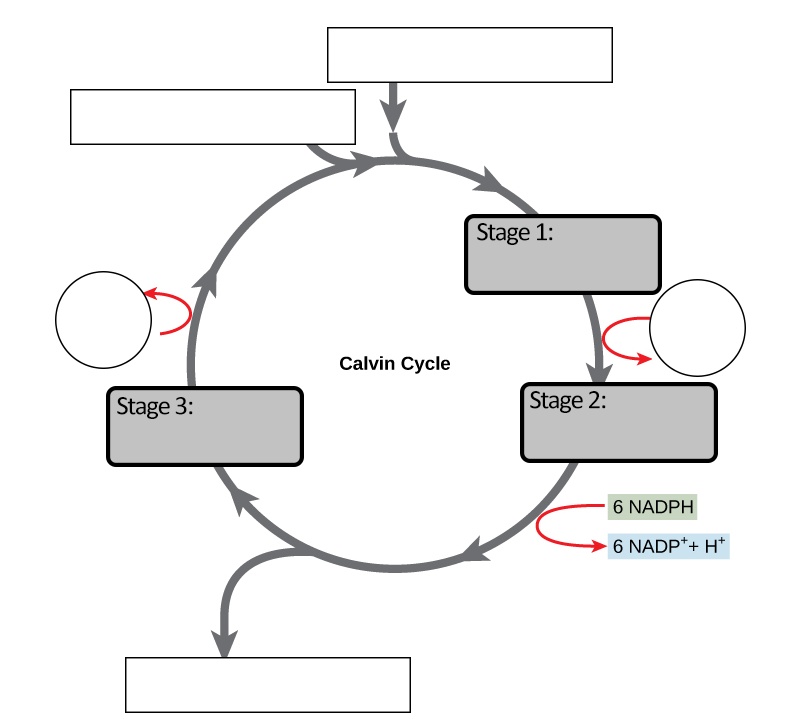


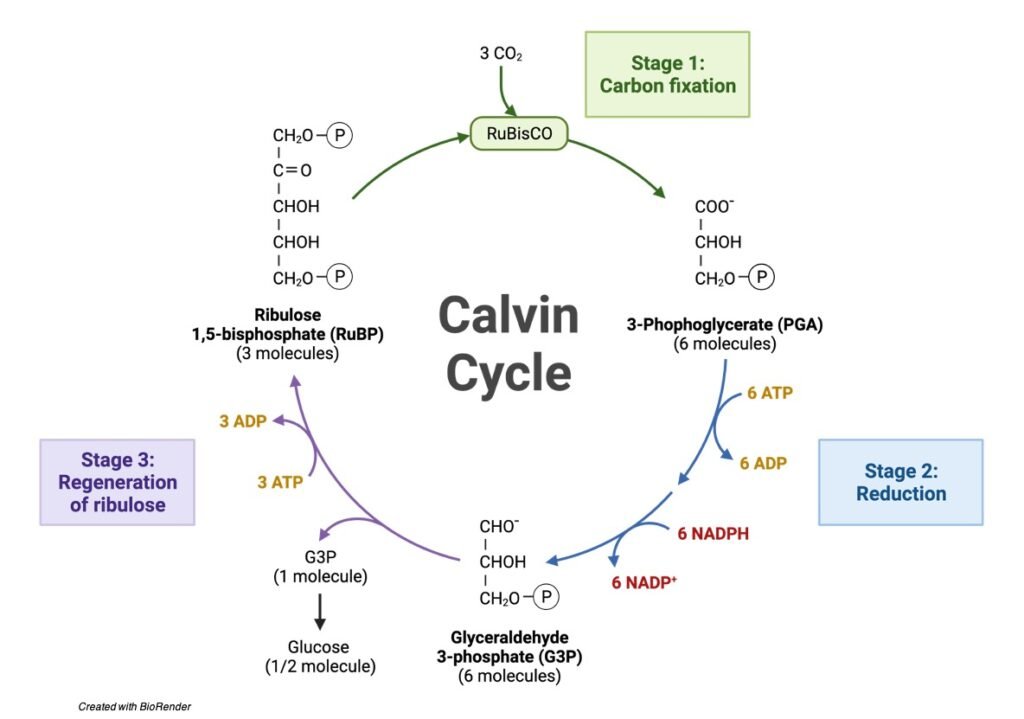
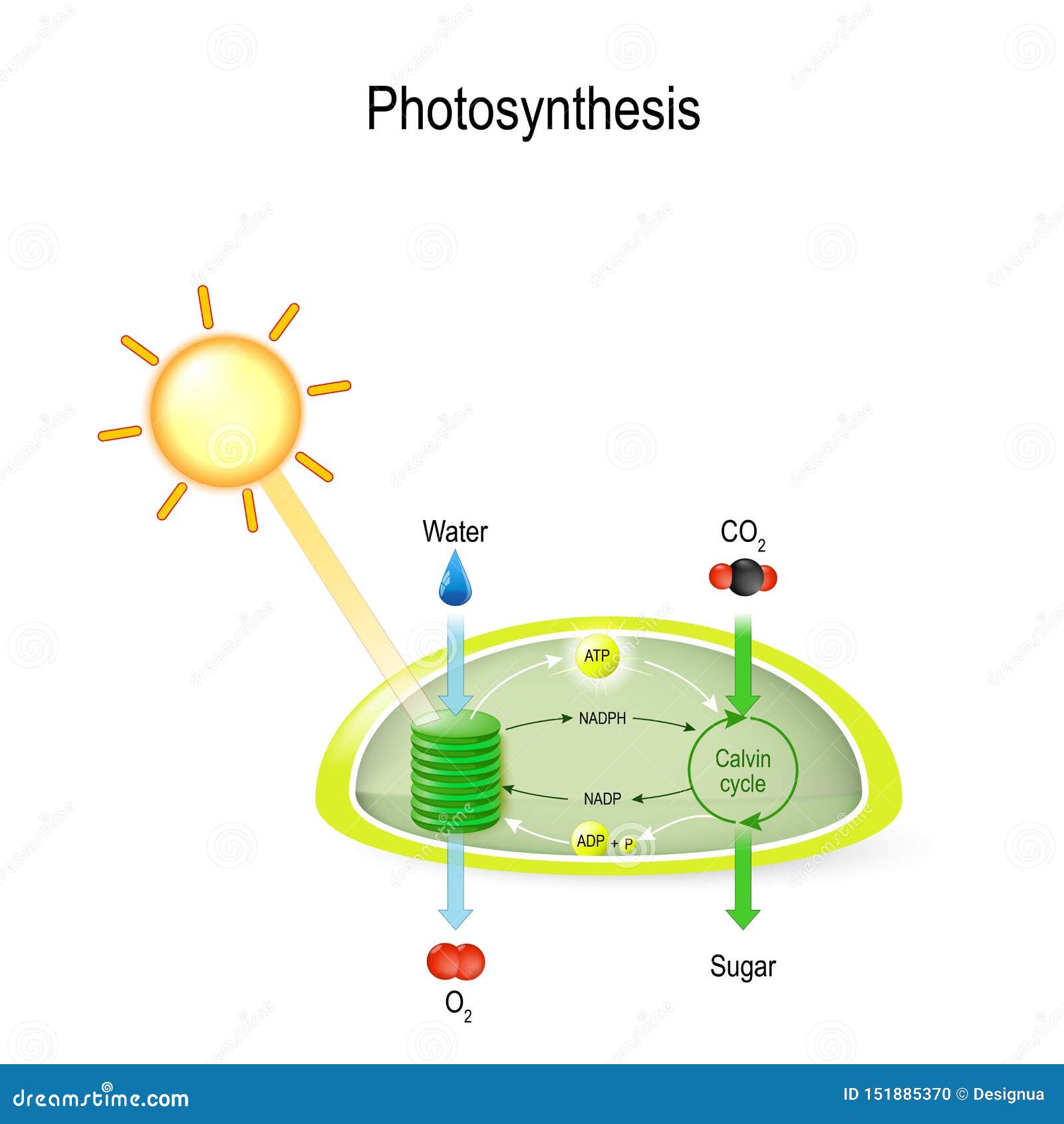



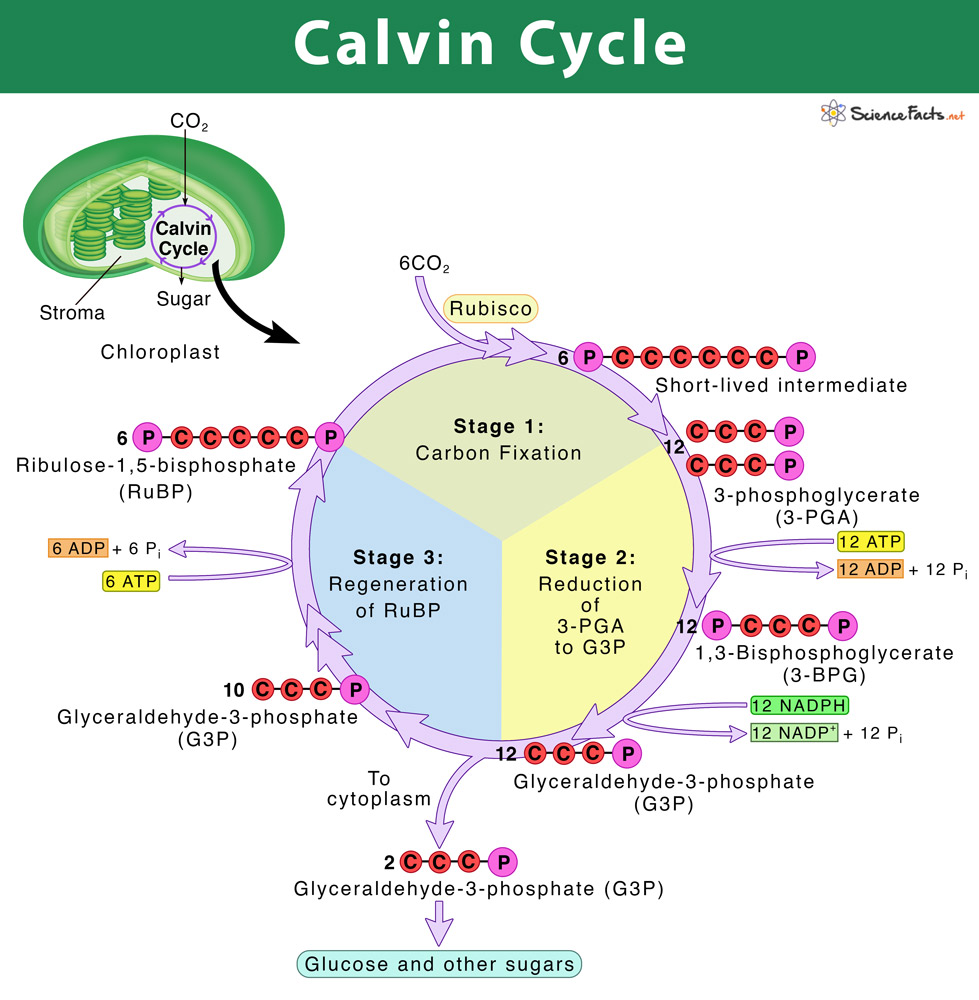


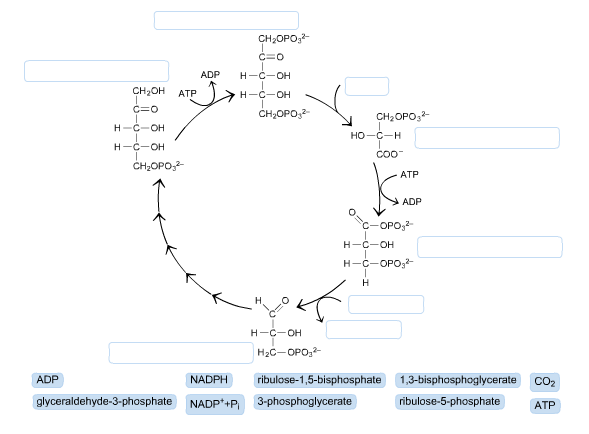
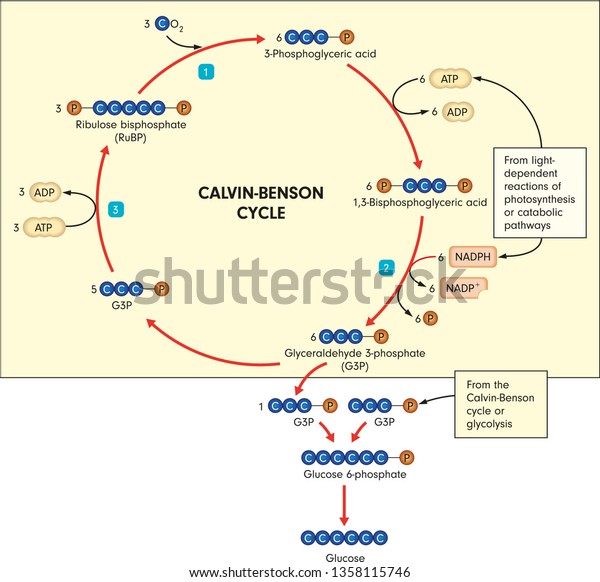





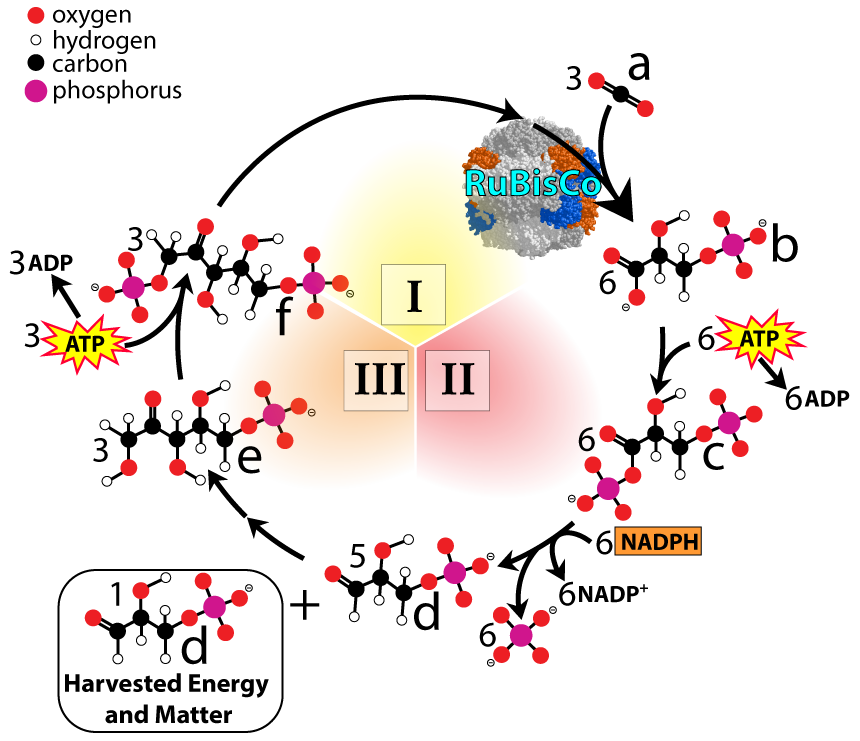




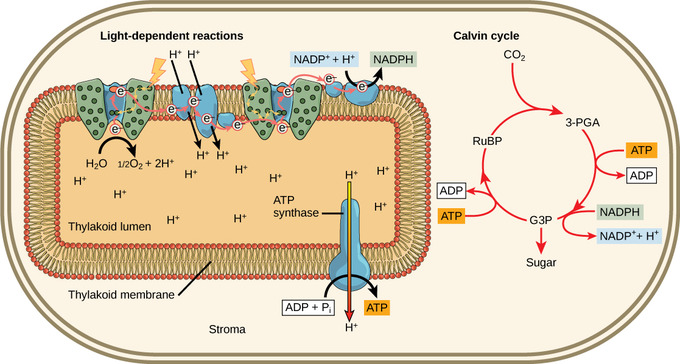

/2000px-Calvin-cycle4.svg-58a397c25f9b58819c5ba0d6.png)
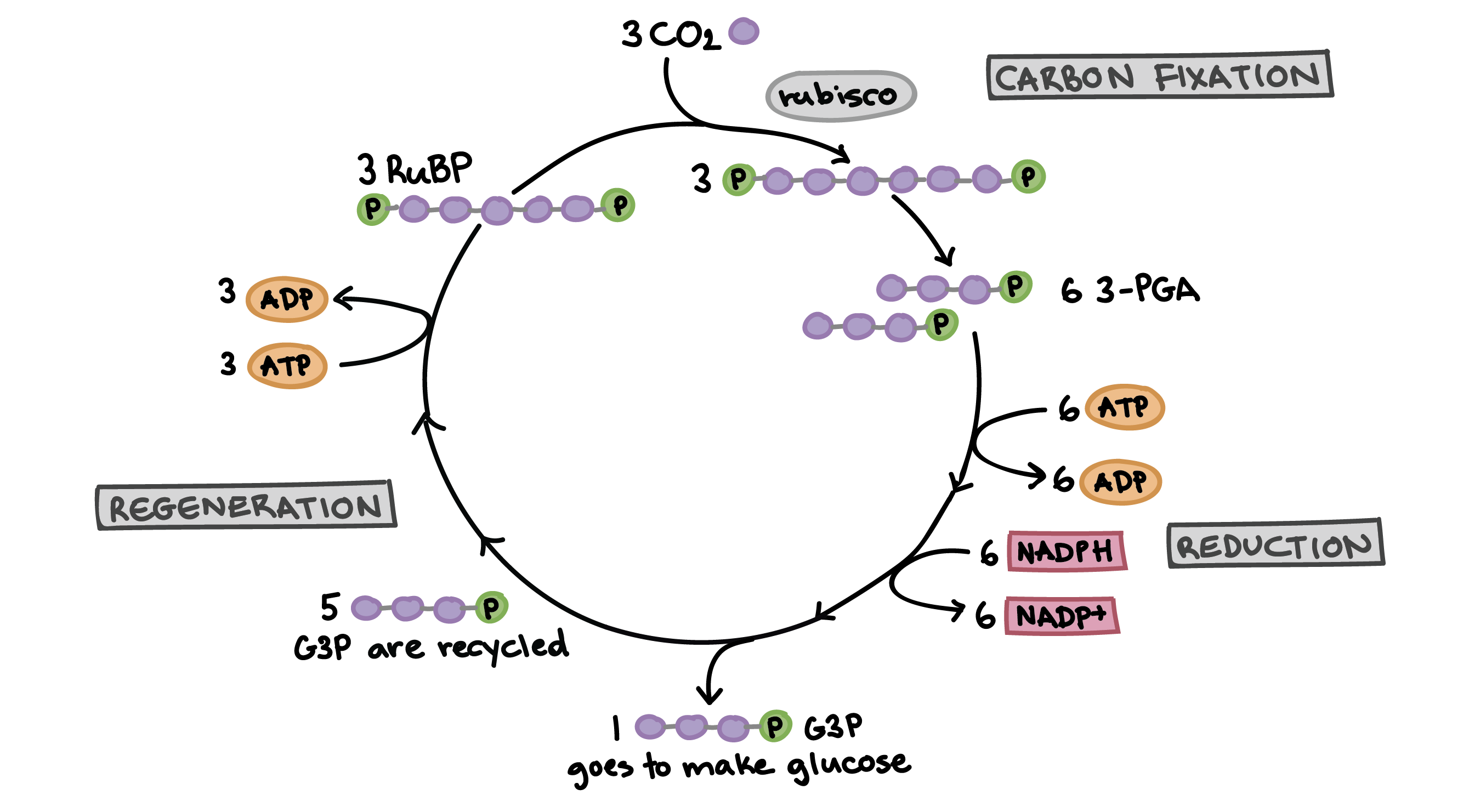




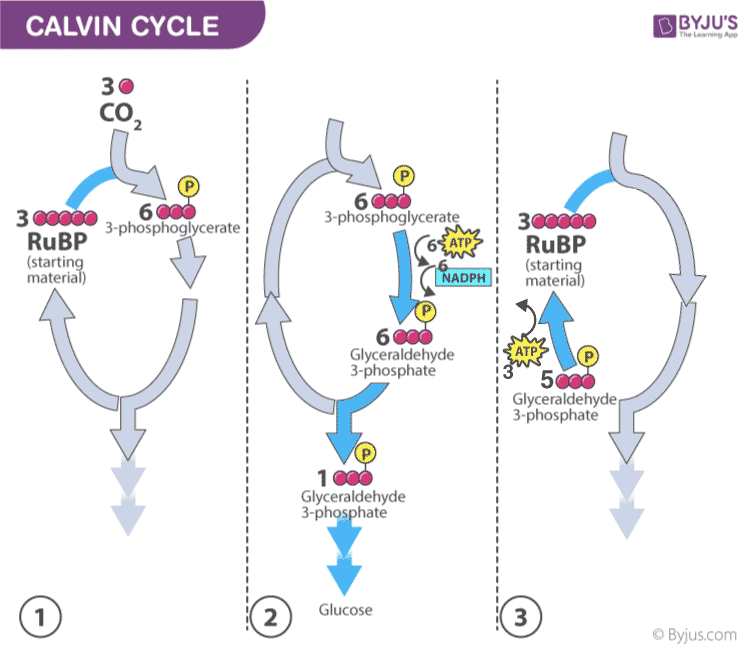


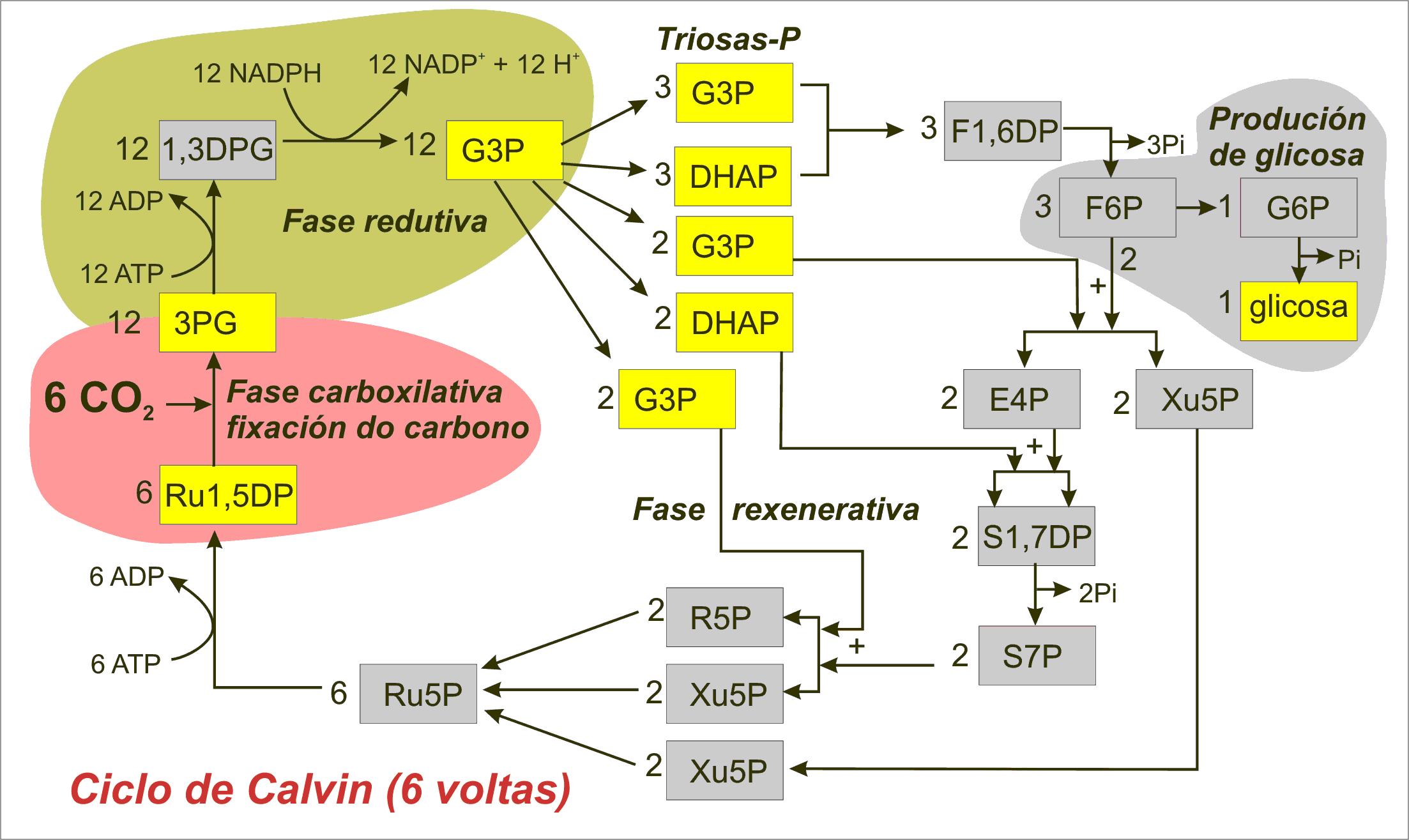



0 Response to "45 diagram of the calvin cycle"
Post a Comment